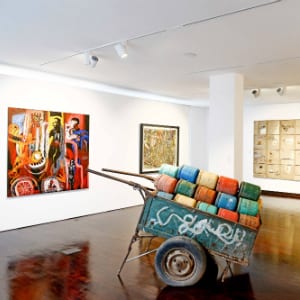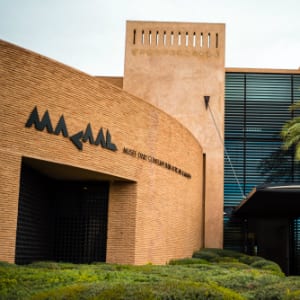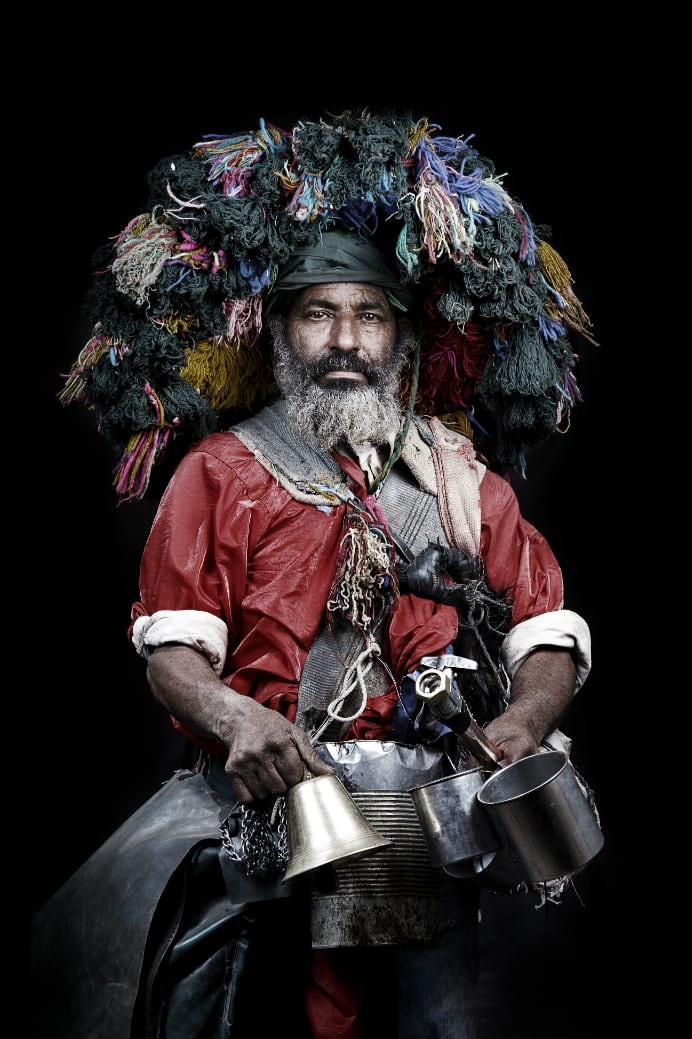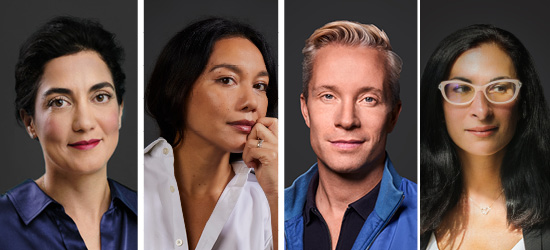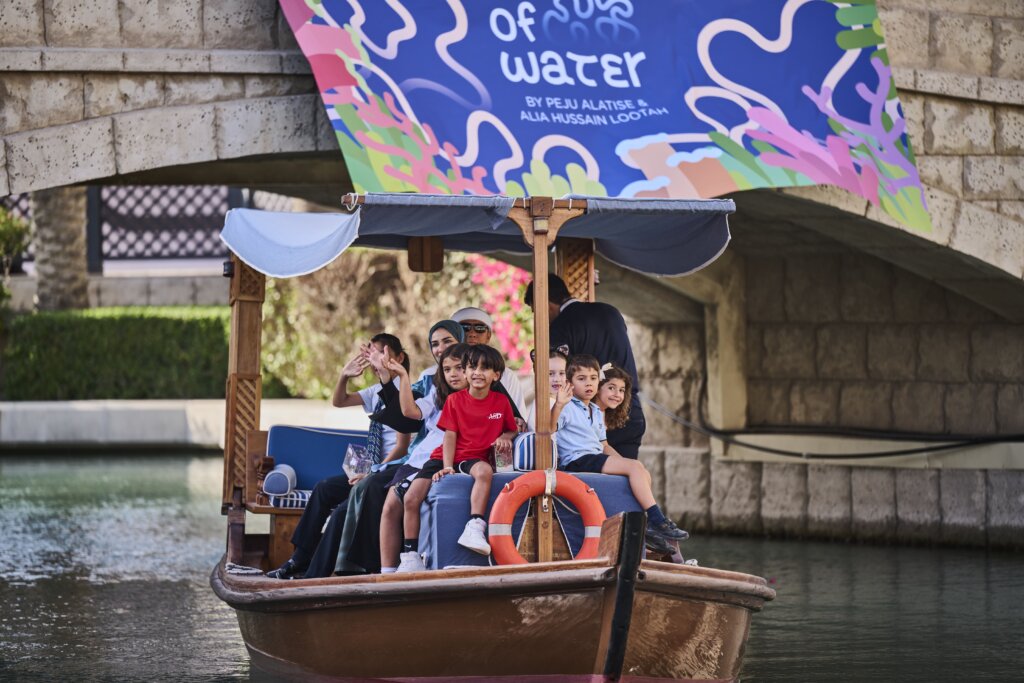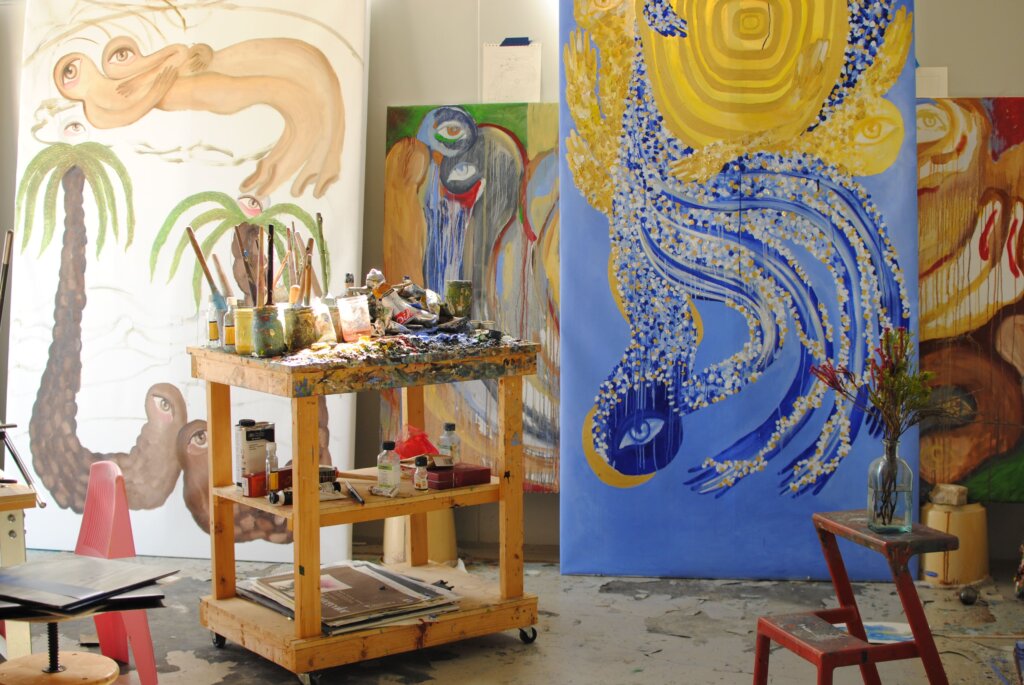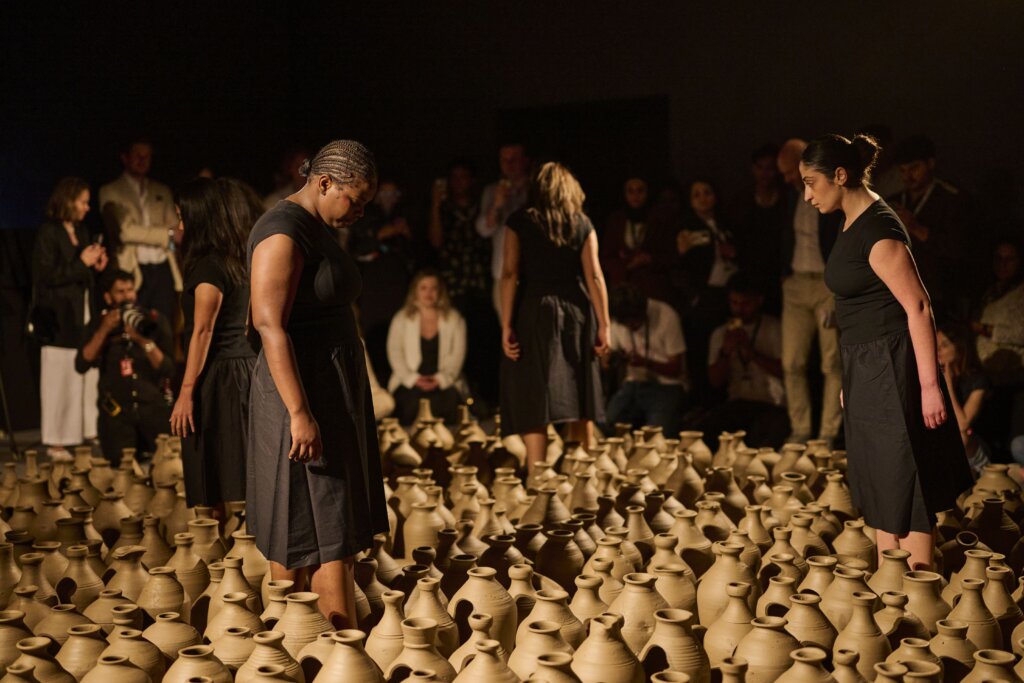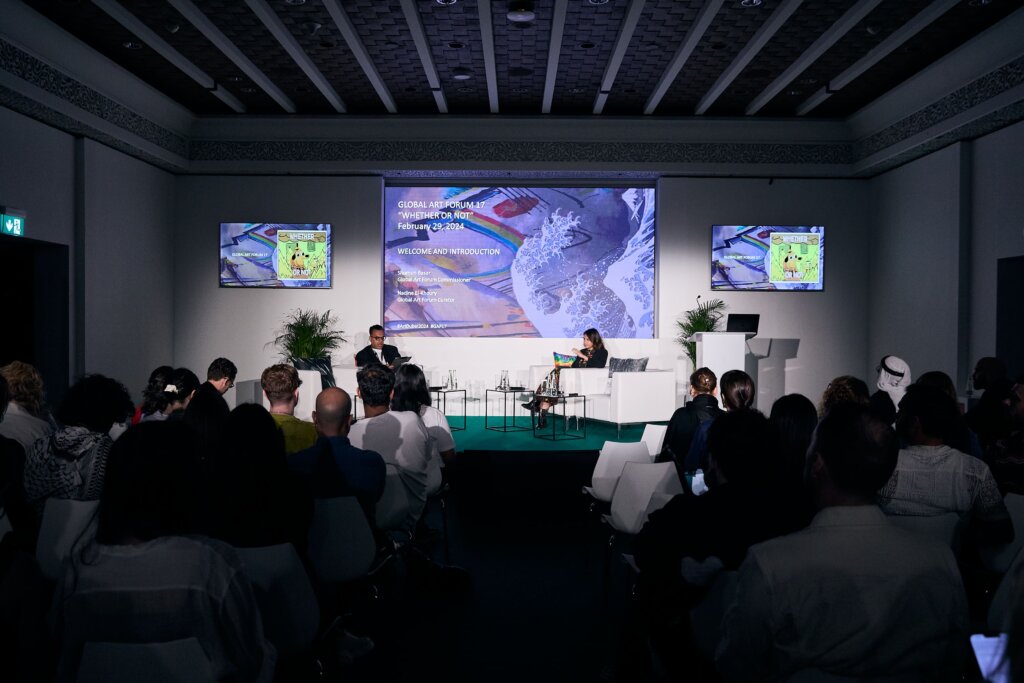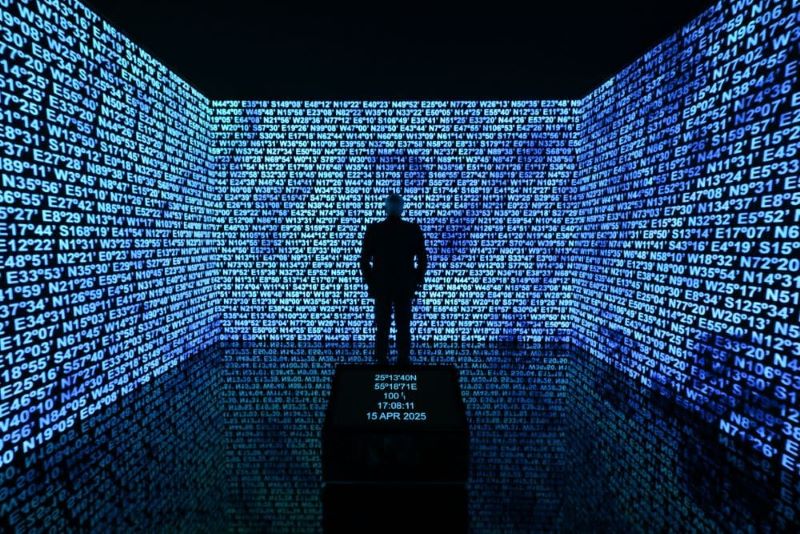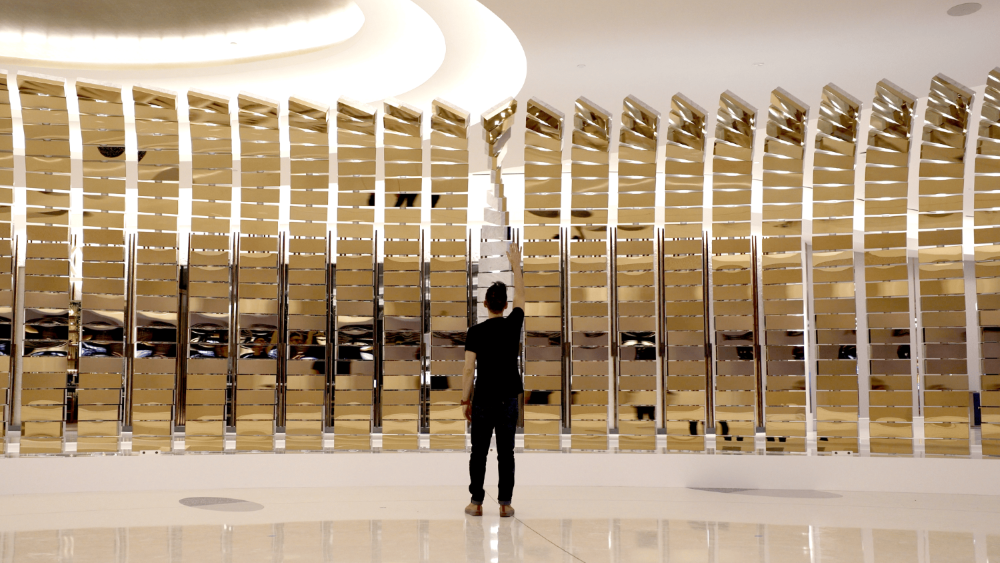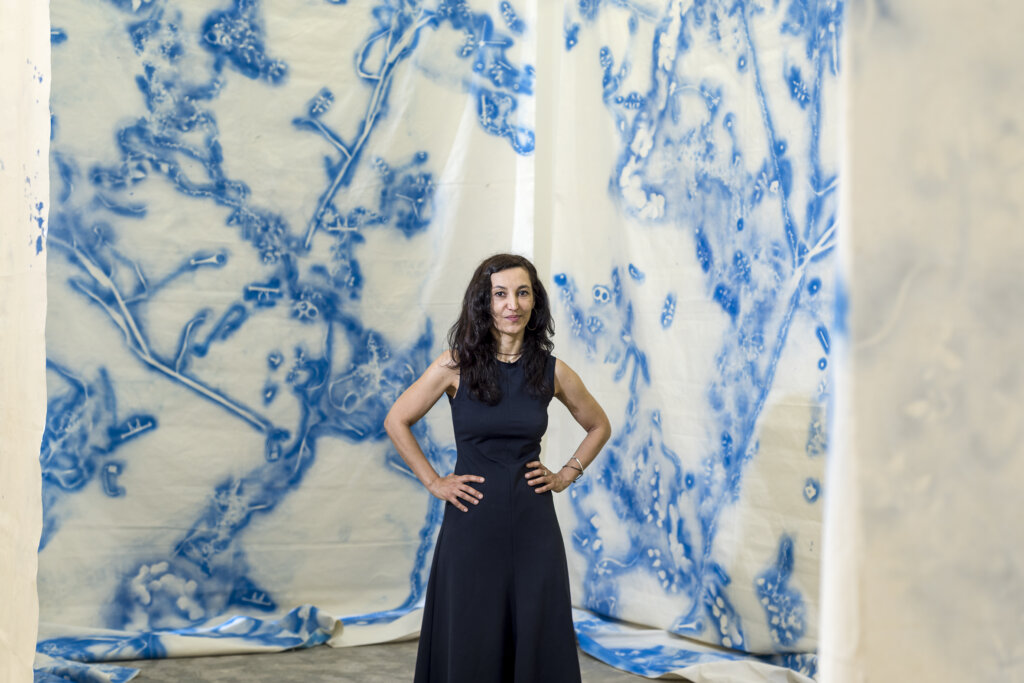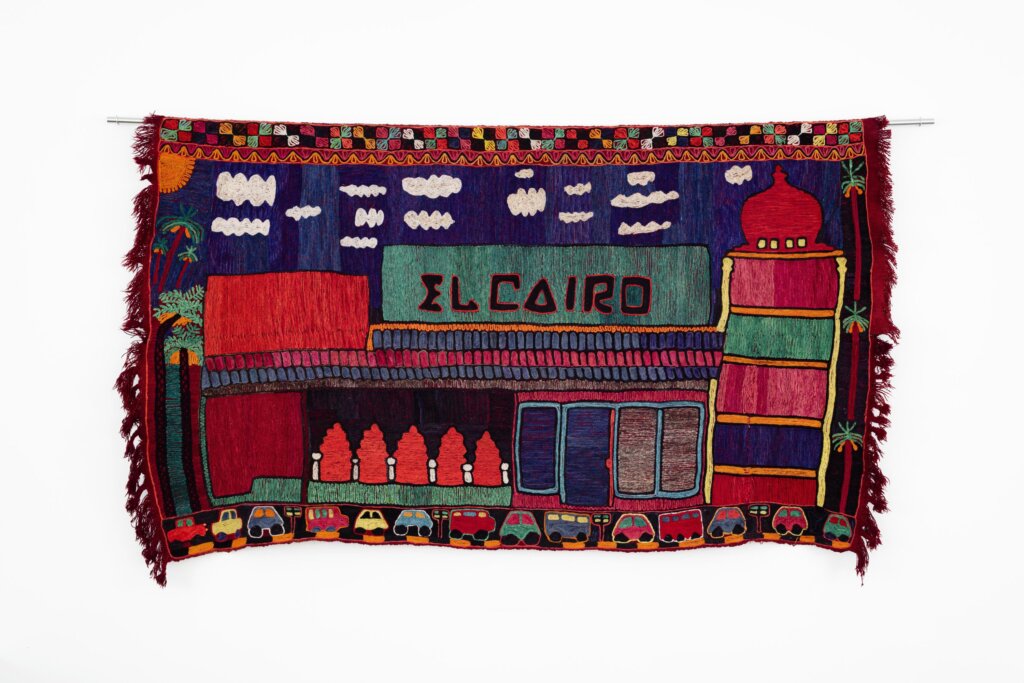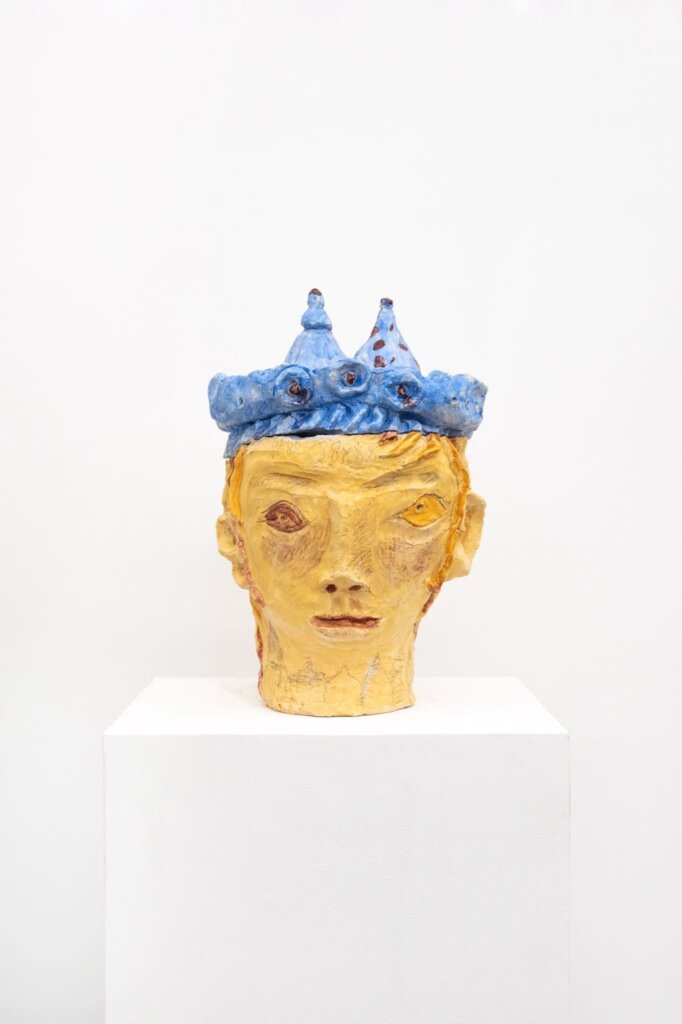MACAAL aims to represent Africa in its entirety, but North- and Sub-Saharan Africa are often seen as quite distinct regions – especially in terms of artistic production. How does MACAAL aim to overcome this or are these “differences” perhaps just erroneous perceptions?
At MACAAL, we are fighting against this perception. The African continent cannot be separated into 2 areas, there are 54 distinct countries in Africa and more than 2,000 dialects spoken on the continent. Similarly, there are as many artistic expressions.
It is true that Morocco felt more aligned with Maghreb than the wider African continent but I no longer believe this to be true. Thanks to His Majesty King Mohammed VI, Morocco is now opening up to Africa and this is reflected in Moroccan artistic production. Our culture is getting richer every day, which is great.
For anyone interested in African art, newcomers and connoisseurs, which other institutions, based in Africa or outside, would you recommend?
First of all, I would recommend institutions on the continent such as the Mohammed VI Museum of Modern and Contemporary Art in Rabat (Morocco), the recently open Zeitz MOCAA in Cape Town and the beautiful NIROX Foundation in Johannesburg (SA), the Photography Museum in Saint-Louis (Senegal) and the Fondation Zinsou in Cotonou (Benin). As for abroad, I’d say the Centre Pompidou, which was one of the first institution outside the continent to exhibit African art, Tate Modern in London (UK) & Fondation Louis Vuitton in Paris (France) which have a significant African contemporary art collection, and Fondation Blachère in Apt (France) which has for decades promoted and exhibited African contemporary art.
Significant initiatives are happening on the continent and elsewhere and it is just the beginning of it!




